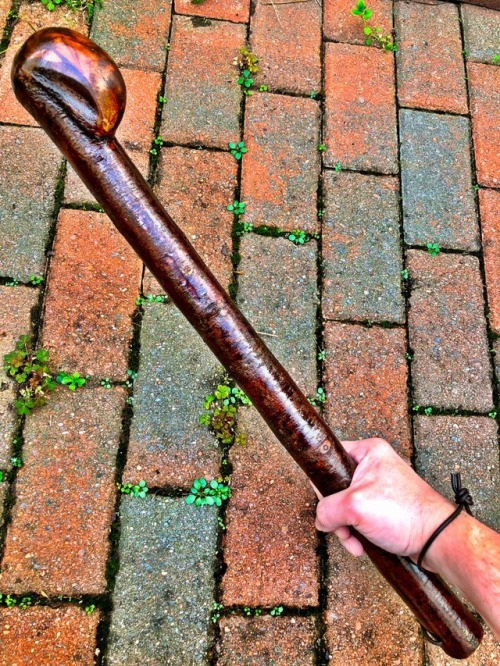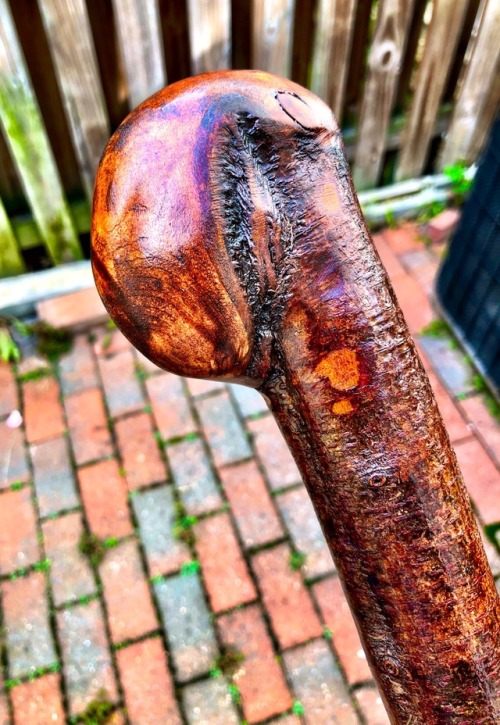#blackthorn shillelagh
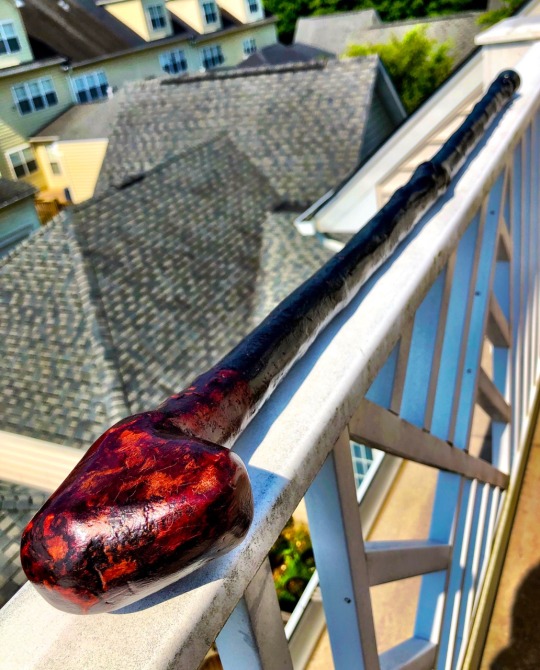

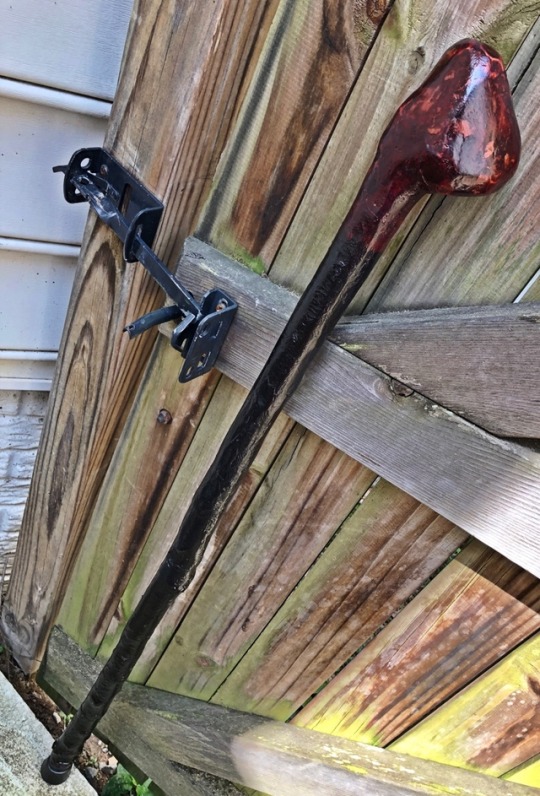
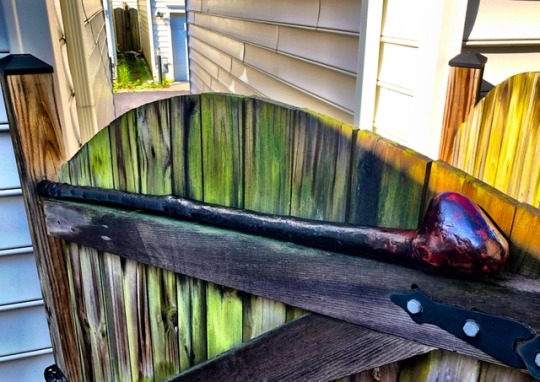
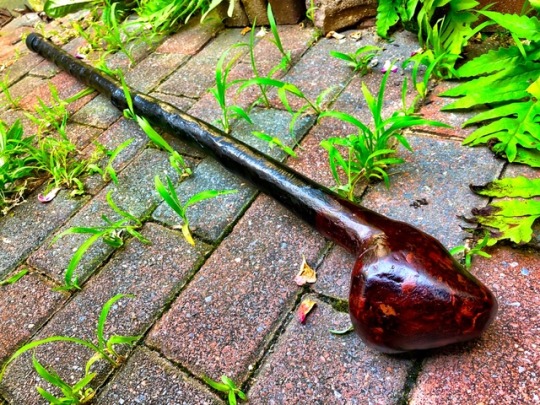
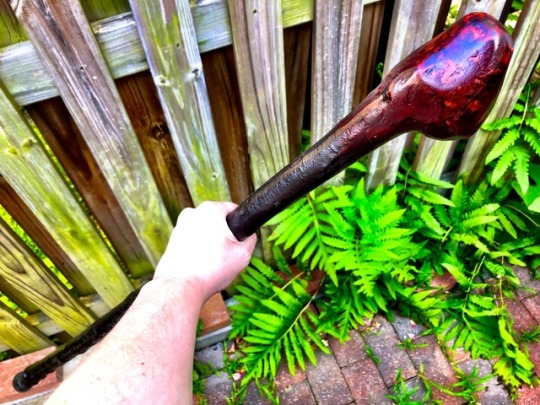

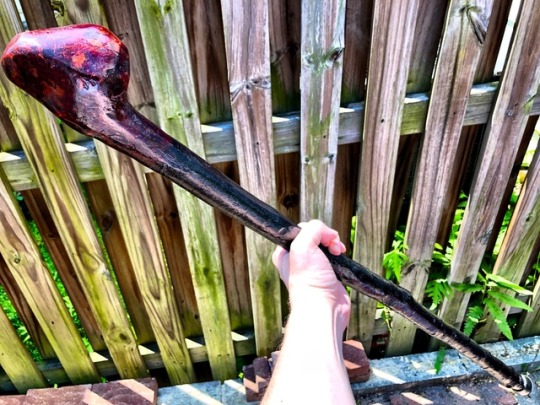
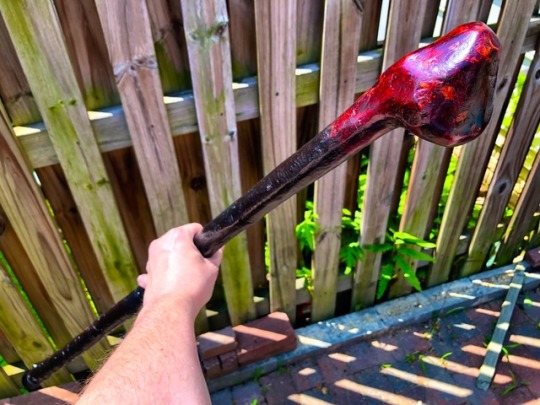
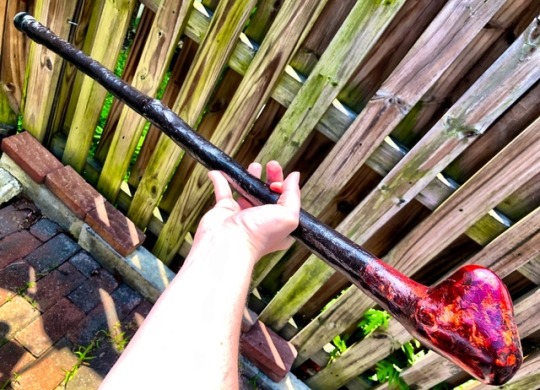
Irish blackthorn The term shillelagh (thonged stick) has a very murky past. It’s not known exactly when people began calling walking sticks and cudgels shillelaghs. Originally, shillelaghs were made from oak, though there is no known connection with Shillelagh Forest or Shillelagh Village, aside from suffering the same anglophone corruption of two different words. After rampant deforestation in Ireland, walking sticks and cudgels found themselves being made from other materials, primarily hawthorne, hazel, and blackthorn. Shillelaghs were used not only as walking aids, but also to settle disputes between individuals and factions. Faction fighting was rampant in the late 18th century and early 19th century, but became almost nonexistent when the Famine set in. Sticks used for the purpose of fighting are simply known as ‘bata’. The use of shillelaghs as a weapon was called bataireacht (literally “stick fighting”). Today, almost all genuine shillelaghs are made from blackthorn which, while strong and decently resistant to warping, is notoriously unforgiving during the curing process. It can take 2 to 3 years for a blackthorn shank to properly cure/dry out. Hurried and/or done improperly, blackthorn will develop multiple cracks, making it unsuitable for use. Some are called loaded sticks on account of them having molten lead poured into a hollowed out area of the knob in order to increase the striking power.







Blackthorn shillelagh, 41” in length, 1kg in weight. A bit too long for use as an ambulatory aid, but perfect as a simple walking stick. Partly for walking, partly for whomping.
Irish blackthorn shillelagh. 22 inches long, 720g in weight. The term shillelagh (thonged stick) has a very murky past. It’s not known exactly when people began calling walking sticks and cudgels shillelaghs. Originally, shillelaghs were made from oak, with the forest of Shillelagh in county Wicklow being the largest supplier of wood. After rampant deforestation in Ireland, walking sticks and cudgels found themselves being made from other materials, primarily hawthorne, hazel, and blackthorn. Shillelaghs were used not only as walking aids, but also to settle disputes between individuals and factions. Faction fighting was rampant in the late 18th century and early 19th century, but became almost nonexistent when the Famine set in. Sticks used for the purpose of fighting are simply known as ‘bata’. The use of shillelaghs as a weapon was called bataireacht (literally “stick fighting”). Today, almost all genuine shillelaghs are made from blackthorn which, while strong and decently resistant to warping, is notoriously unforgiving during the curing process. It can take 2 to 3 years for a blackthorn shank to properly cure/dry out. Hurried and/or done improperly, blackthorn will develop multiple cracks, making it unsuitable for use. Some are called loaded sticks on account of them having molten lead poured into a hollowed out area of the knob in order to increase the striking power.
Post link





